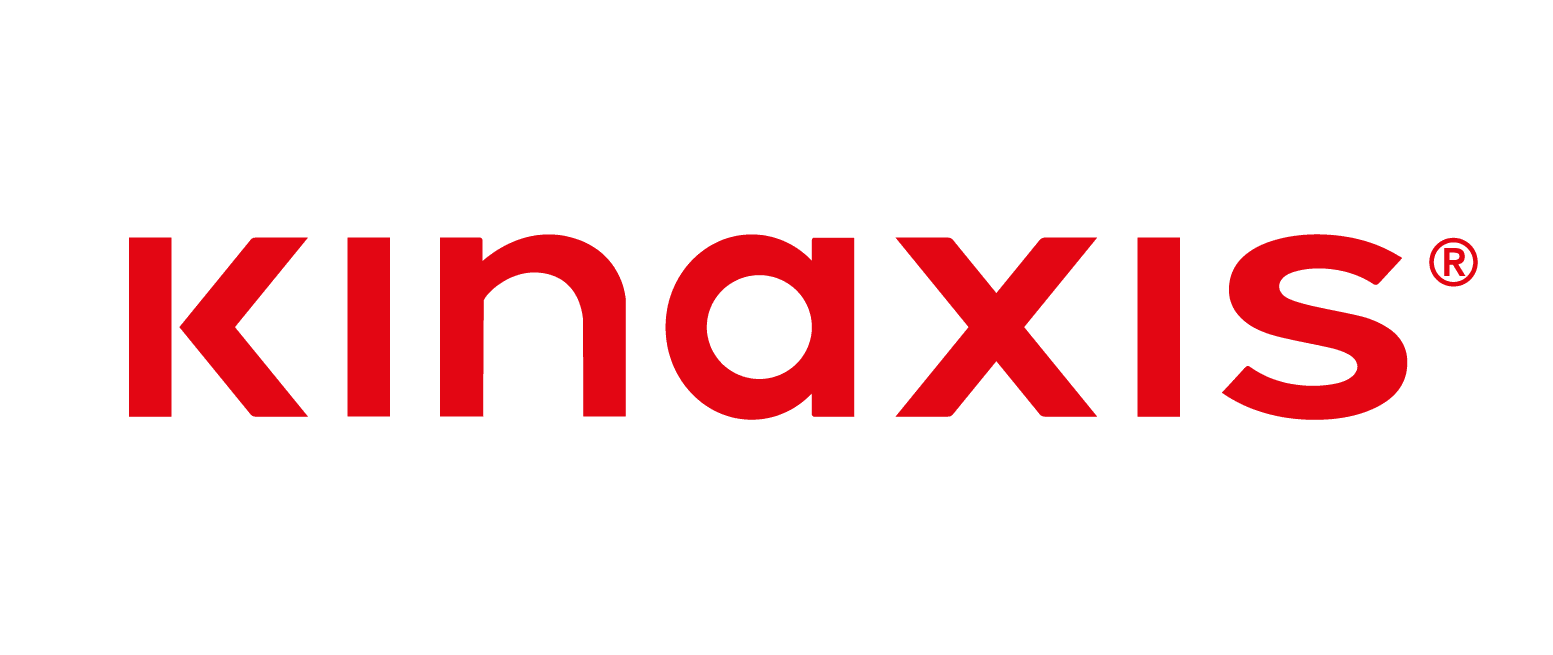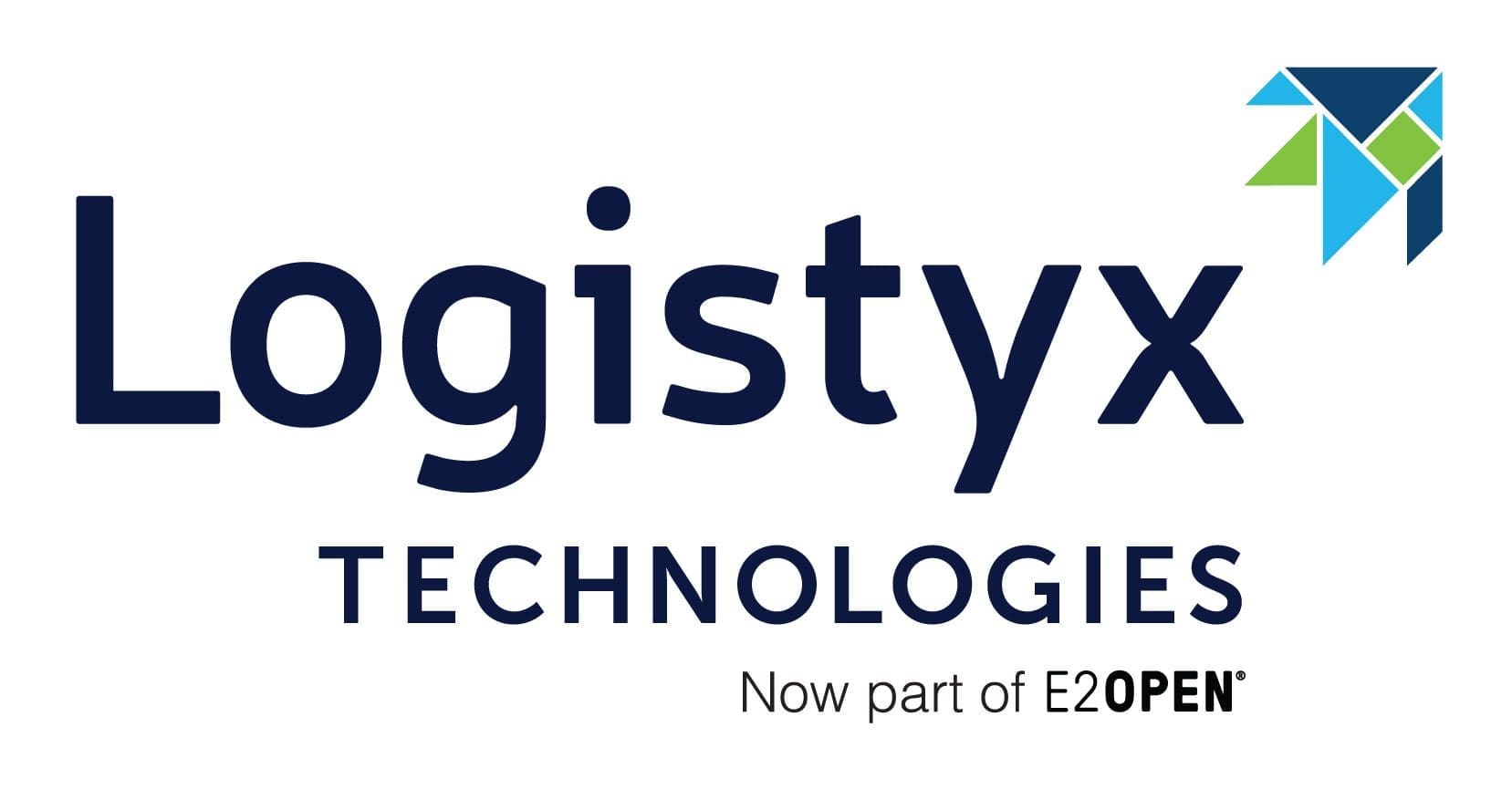 When the latest wave of U.S. tariffs hit, some companies scrambled. Others had already pressure-tested their supply chain strategies for moments like this. Today, disruptions – whether from trade policy, labor strikes, extreme weather, or geopolitical instability – aren’t the exception. They’re the norm. That’s why real-time supply chain orchestration is no longer a nice-to-have. It’s a boardroom imperative.
When the latest wave of U.S. tariffs hit, some companies scrambled. Others had already pressure-tested their supply chain strategies for moments like this. Today, disruptions – whether from trade policy, labor strikes, extreme weather, or geopolitical instability – aren’t the exception. They’re the norm. That’s why real-time supply chain orchestration is no longer a nice-to-have. It’s a boardroom imperative.
Scenario modeling, running what-if simulations to stress-test sourcing, pricing, and inventory decisions, has become a cornerstone of supply chain strategy. Companies are under mounting pressure to protect margins and stay agile by making risk-informed decisions in real time. That pressure isn’t just coming from operations; it’s coming from the top. Boardrooms are raising the bar for resilience, wary of the next black swan event.
This mindset has been forged by years of shocks. The assumption of stability is gone, replaced by an expectation that companies can pivot quickly. Tariffs are just the latest in a string of disruptions, underscoring why businesses are shifting to dynamic, AI-enabled supply chains designed to anticipate, not just react. Orchestration – the real-time coordination of supply, logistics, and demand – is becoming the new standard. AI makes it possible
The Role of AI in Real-Time Orchestration
Operations teams have long struggled to make high-stakes decisions with delayed or incomplete data. What’s changing is the role of AI – not as a replacement for human planners, but as a force multiplier. Teams are moving away from static spreadsheets and toward systems that support continuous modeling and real-time scenario analysis.
AI enables faster, more confident decision-making. It helps evaluate trade-offs, simulate outcomes, and act before disruptions take a toll. In volatile environments, speed and precision aren’t luxuries, they’re requirements. That urgency isn’t theoretical—it’s showing up in earnings calls and market performance.
This shift is being driven, in part, by the financial weight of policy-driven shocks. In Q1 2025, 411 S&P 500 companies referenced tariffs in earnings calls, the highest in over a decade. Dollar Tree projected a 50% earnings drop. Ford estimated a $1.5 billion hit. Macy’s and Gap issued downward revisions. According to Accenture, companies miss out on $1.6 trillion in annual growth due to disruption vulnerability.
In this environment, monthly or quarterly planning cycles are too slow. A single policy shift can make suppliers unviable overnight. AI-powered orchestration platforms bridge this gap with responsive visibility into cost impacts, risk exposure, and sourcing alternatives.
The value of AI isn’t automation—it’s acceleration. It empowers planners to get ahead of change, not just absorb it.
Why Real-Time Orchestration Is Winning
Real-time orchestration flips the script. Leaders no longer wait for disruptions to impact performance, they can now simulate scenarios, evaluate trade-offs, and act before margin erosion sets in. Platforms like Maestro™ allow companies to model what-if cases in minutes, powering faster, more informed decisions across sourcing, pricing, and procurement.
As one supply chain executive put it: “We don’t see tariffs as a temporary challenge anymore; it’s just another variable to manage in real time.”
Accenture research shows that organizations with next-generation, AI-enabled supply chains are 23% more profitable than their industry peers. Lippert Components is a clear example. During the 2018 tariff wave, they leaned into orchestration to optimize costs and reroute shipments. That early investment gave them a head start in navigating today’s even more complex disruptions.
From First Steps to Boardroom Decisions
If you’re new to orchestration, the path forward is clear: get real-time visibility, start small with scenario modeling, and align your teams around decisions, not just dashboards. They transform firefighting into foresight, equipping your teams to respond with confidence no matter how volatile trade and regulatory conditions become.
Tariffs, labor shocks, and geopolitics aren’t going away. Forward-looking companies aren’t waiting for stability—they’re building systems to thrive in instability. Boards want more than dashboards. They want decisions: proactive, data-backed moves that protect profit and keep goods flowing.
That’s why budgets are shifting mid-year, moving beyond batch ERP extensions to real-time orchestration platforms.
The Bottom Line
Tariff disruption isn’t going away anytime soon. Using them as a catalyst to build resilience is strategic. And orchestration is the future.
In boardrooms today, resilience isn’t just a talking point, it’s a performance expectation. Orchestration is how companies will meet it.
Companies that invest in real-time visibility, scenario modeling, and agile execution aren’t just staying afloat, they’re turning disruption into competitive advantage.
by Mark Morgan, President of Commercial Operations, Kinaxis
Mark is a proven supply chain software executive who has scaled global commercial operations to well beyond a billion dollars in annual revenue, delivered double-digit SaaS increases within existing and new customers, and enabled hyper-growth through expanding partner ecosystems.
He has more than two decades of executive and sales leadership experience in supply chain, including leading the commercial operations for Coupa and Blue Yonder, where he also held the role of interim CEO.
Mark manages Kinaxis sales teams in North America, EMEA and APAC, the global go-to-market & strategic operations team, global customer care and business consulting.
Mark holds an MBA from University Detroit Mercy and a BBA in Materials and Logistics management from Michigan State University.
















